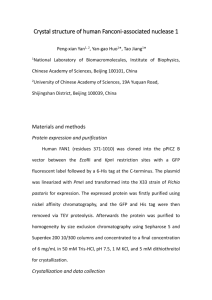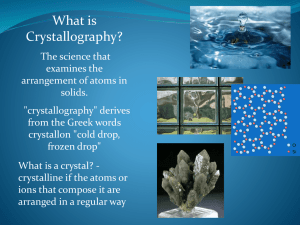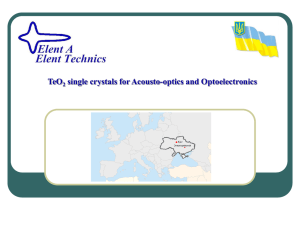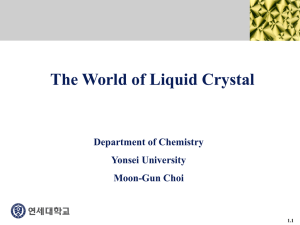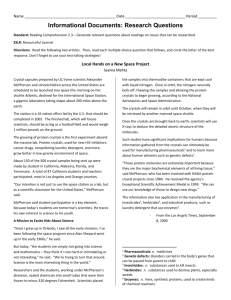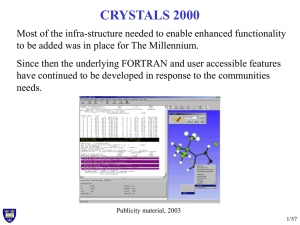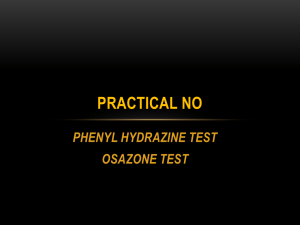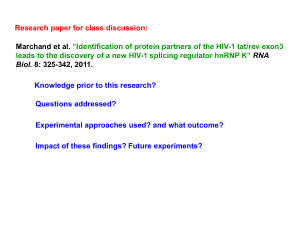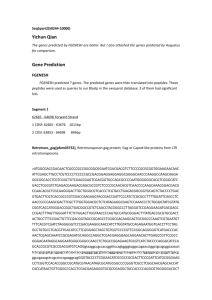The structure of RNase E at the core of the RNA
advertisement
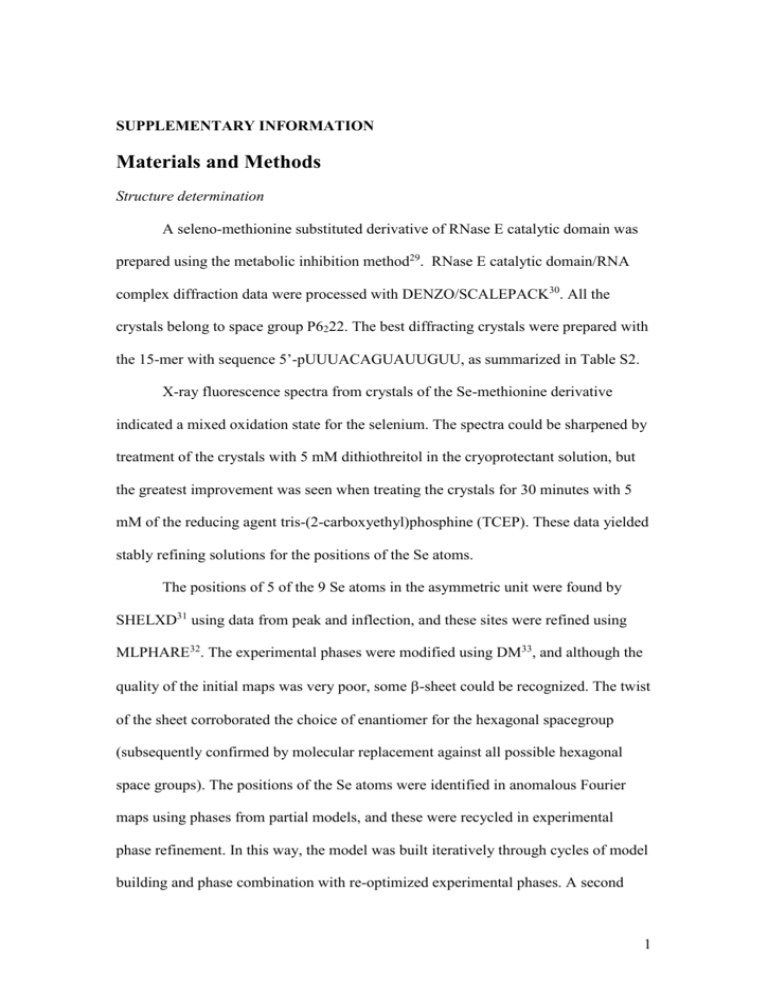
SUPPLEMENTARY INFORMATION Materials and Methods Structure determination A seleno-methionine substituted derivative of RNase E catalytic domain was prepared using the metabolic inhibition method29. RNase E catalytic domain/RNA complex diffraction data were processed with DENZO/SCALEPACK30. All the crystals belong to space group P6222. The best diffracting crystals were prepared with the 15-mer with sequence 5’-pUUUACAGUAUUGUU, as summarized in Table S2. X-ray fluorescence spectra from crystals of the Se-methionine derivative indicated a mixed oxidation state for the selenium. The spectra could be sharpened by treatment of the crystals with 5 mM dithiothreitol in the cryoprotectant solution, but the greatest improvement was seen when treating the crystals for 30 minutes with 5 mM of the reducing agent tris-(2-carboxyethyl)phosphine (TCEP). These data yielded stably refining solutions for the positions of the Se atoms. The positions of 5 of the 9 Se atoms in the asymmetric unit were found by SHELXD31 using data from peak and inflection, and these sites were refined using MLPHARE32. The experimental phases were modified using DM33, and although the quality of the initial maps was very poor, some -sheet could be recognized. The twist of the sheet corroborated the choice of enantiomer for the hexagonal spacegroup (subsequently confirmed by molecular replacement against all possible hexagonal space groups). The positions of the Se atoms were identified in anomalous Fourier maps using phases from partial models, and these were recycled in experimental phase refinement. In this way, the model was built iteratively through cycles of model building and phase combination with re-optimized experimental phases. A second 1 derivative was prepared by soaking the native crystals with cis-amino platinum, which was not useful for phasing, but in difference maps corroborated the position of an exposed histidine side chain. Higher resolution data were collected from native crystals at the Zn absorption edge, and anomalous Fourier syntheses corroborated the identification of the zinc coordination site. The crystal structure of the S1 domain (corresponding to residues 34 to 125) was fitted to the early electron density maps using molecular replacement (MOLREP34). The experimental maps were improved using density modification (DM33 and EDEN35) and the model was improved through several rounds of rebuilding using COOT36 and refinement by simulated annealing (CNS37) and maximum likelihood refinement (REFMAC538; CCP432). In the course of building the structure of the RNase E catalytic domain/10-mer complex, it was found that co-crystals with a 15-mer diffracted to higher resolution, and these data were used in preparing the final model. This model was then used to complete the preparation of models for the 10-mer and 13-mer co-crystals. A magnesium ion was identified at the putative active site, and its identity was corroborated with difference and anomalous maps prepared from crystals soaked with crystallization buffer in which manganese chloride replaced magnesium formate. The phases for these Fourier syntheses were from the refined partner native (13-mer #2 in Table S2). A hexahydrate magnesium ion was placed in the model. Subsequently, co-crystals of 15mer RNA with a Se-met derivative of the D346N RNase E mutant were also prepared and a MAD dataset collected (Table S2). These data corroborated the details of the model. The D2 symmetry of the protein’s quaternary structure is built through extensive crystal lattice contacts. The final model has one monomer in the asymmetric unit with a single RNA bound. Except for a few turn regions, the peptide backbone 2 and most of the side chains could be fitted from the last two histidines of the Nterminal tag to as far as residue 511; thereafter, the polypeptide has extensive conformational variability. As discussed in the text, the 15-mer RNA bridges adjacent tetramers by binding the 5’-sensing pocket of one site and the RNA binding groove of the neighbour. The solvent content of the crystal is 82%, which is unusually high for a protein crystal. The S1 domain and RNA are highly mobile, and the protein was broken into its modular subdomain components for refinement with translationlibration-screw modes using REFMAC538,39. The stereochemistries of the final models were checked with PROCHECK. None of the models has any Ramachandran geometry in the disallowed region. The crystallographic data and structure refinement are summarized in Table S2. 3

